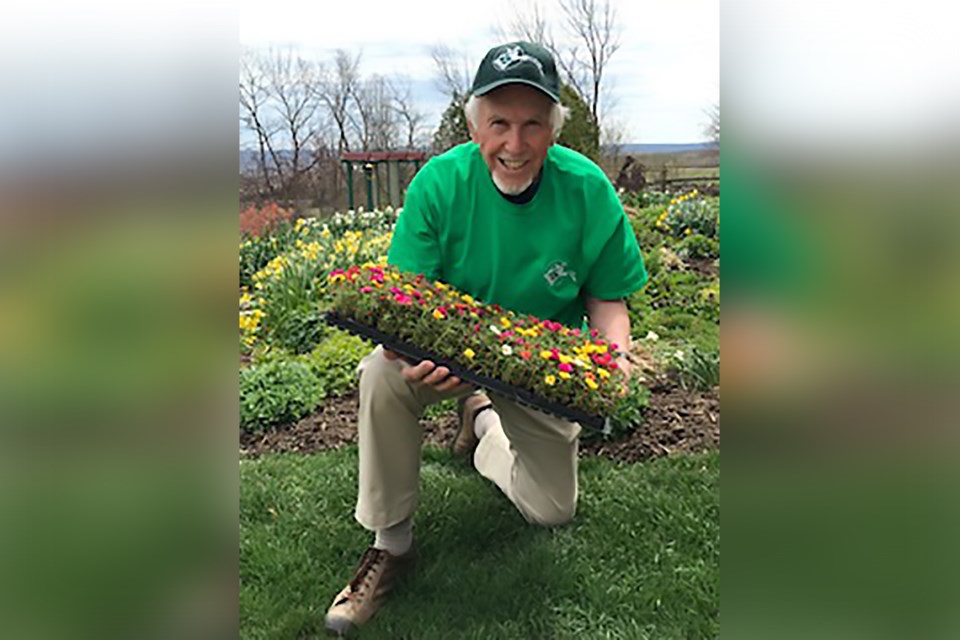Summer is really here and that means there is much to be done in the garden!
Get your annuals and veggies planted now. Add a little general-purpose fertilizer and water well.
Fertilize perennials, roses, shrubs and vegetables using a balanced fertilizer, not the one for your lawn, it has too much nitrogen. Pull back the mulch (that should already be there) from the perennials. Dig the fertilizer in lightly around each plant and replace the mulch.
Start cutting your lawn higher/longer and leave cuttings on the lawn as fertilizer.
Prune spring-blooming shrubs and trees (forsythia, lilac) after they have flowered.
Prune evergreens and hedges now, not later in the summer.
Finish removing all daffodil and tulip flower stems. Leave the leaves to mature and feed the bulb for next year’s bloom. Only remove them when brown. Add a little bone meal around bulb clumps to promote bulb growth for next year.
Stake or cage tomato plants, dahlias, gladiolas, peonies and delphinium plants.
Thin vegetable seedlings and plant successive crops. (Plant a second crop as the first is maturing e.g., lettuce, spinach, radishes.)
Seed flowering cabbage/kale into garden rows for later transplanting.
Plant seeds of fast-growing flowers such as cosmos, marigold, calendula, etc.
If desired, move houseplants outside to a protected area.
Deadhead (cut off) faded blooms on plants such as petunia, rose, verbena, etc. This will promote continuous blooms and bushy plants for later in the summer/fall.
Weed and water garden beds as needed.
Add mulch to suppress weed growth and hold in moisture. At least two inches.
Cut back by a third, late bloomers such as mums and asters. This will make the plants bushier and give them a mounded shape and more blooms in the fall.
Turn compost regularly and check moisture level, not too wet, not too dry, just right, like Goldielocks.
Take cuttings of perennials, shrubs, roses, etc. for rooting, for next year.
John Hetherington is a master gardener.



